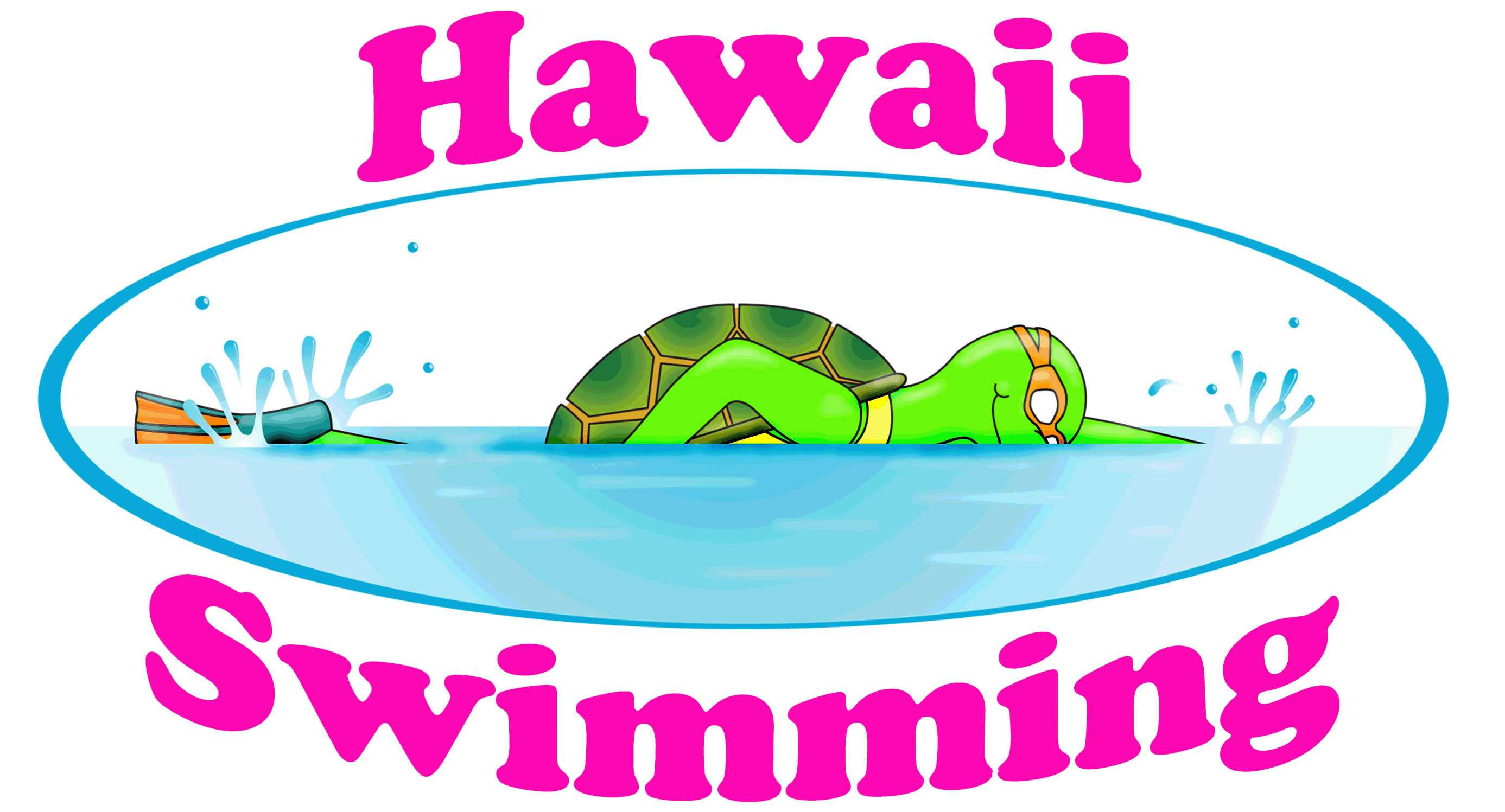|
Who attends which class?
•Level Red-Level Purple classes are for children only, no parents.
•Parent-Child classes~parents/adults are required to get in the water with their child.
•Young Swimmers/Hybrid classes~parents may start in the water with their child, however the idea is that the child swim with just the instructor; so we ask parents to begin to transition out of the water.
•Adult classes are for folks older than 18 years old.
Where do I find updates, changes, cancellations, & Pictures?
Please "friend" us on FaceBook so you can enjoy our posts and the swimmers' pictures; and this is where we post any last minute changes or cancellations of classes.
What is the Make-up, Refund, & Cancellation Policy?
You will find the entire policy on the our website, just click this link.
Get Ready for Class:
Please scroll down to this section (or click on the title) so you know what the expectations are at the beginning of each class.
Handstamps:
At the end of each class, students may see their instructor
for a hand-stamp, a very special treat for the students,
especially after working so hard in class. We may ask the adults to do the hand stamps if we are busy in class. *The children tend to not close the lids tightly and then they dry out. In addition, we do want to limit the stamps to one per hand (unless directed otherwise by the instructor). Our students always look forward
to this ritual!
Stress-Free Lessons & Transitional Time:
Please scroll down to this section (or click on the title) for excellent tips and suggestions to make the whole experience positive for the entire family.
Goggles & Staying Warm:
Please scroll down to this section (or click on the title) to learn how to find and purchase the best goggles for your swimmer, plus suggestions to keep your swimmer warm all year long.
Participation Certificate:
If you are interested in printing the participation certificate for your swimmer (fill-in details), please use the above link.
Class Time Policy:
We want to ensure that all folks understand the class time policy: We have found that students are productive only for the first 30 minutes; after that they cannot sustain the performance level necessary to gain skills. We want the swimmers to have a positive experience and forcing them to perform when they are exhausted does not suit this purpose.
Hawaii Swimming classes meet on the half-hour, so the actual class time may range from 20-30 minutes in length. If you are tardy, it is understood that the instructor will start the class and your student will not be given extra time after the class ends to make up for time missed..
As a general rule, Hawaii Swimming will start all classes on time and only on occasion will a class start more than 5-minutes behind.
The EXCEPTION would be because of a weather delay. Weather delays can be up to 30-minutes.
1. Please check the Hawaii Swimming Facebook Page.
2. To find out of there is a delay or if the classes are cancelled--the Facebook page can be easily found by clicking the Facebook link on the www.hawaiiswimming.org website.
If there is questionable weather for Hawaii Swimming classes, all classes are on as scheduled UNLESS you receive an EMAIL or a TEXT MESSAGE from Hawaii Swimming.
We do hope you will be understanding and supportive of this policy.
NO SWIMMING Before or After Class
There is NO SWIMMING before or after Hawaii Swimming classes when participating at the D & D Trust pool. This is an absolutely vital rule to follow as it is direct violation of our contract with D & D Trust.
Illness & Injury:
Please scroll down to this section (or click on the title) to read the policy on when your swimmer is ill or has an injury.
Class Sizes & Limits
I understand all Hawaii Swimming classes may have up to 12 students in a class however classes are generally limited to six (6) students per instructor.
Registration Agreements
Understand that in order to enroll in a class with Hawaii Swimming, you must secure your spot by utilizing the registration process and acknowledging the agreement set forth here. You must secure the class with the NON-REFUNDABLE REGISTRATION FEE.
Hydration:
Water bottles with plain water are great to have
for after the lessons, as the students put forth a lot of energy and
may be thirsty immediately after the lesson. |

